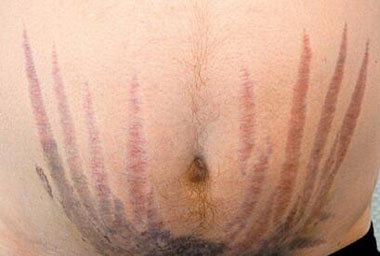
Introduction to Cushing's Syndrome
Cushing's Syndrome or Cushing's Disease is a disorder of the Pituitary Gland in the Brain. The Pituitary Gland controls most of the hormonal processes of the body, and one very important function it performs, is to control the hormone that is released to combat stress or emergencies. This hormone is called 'cortisol' and it puts the body on high alert, causing energy from areas like bones and skin to flow towards the heart, lungs, and nervous system so that we can react quickly when needed.
When there is too much of this hormone - cortisol - it means we are in a state of alertness more than necessary and aren't resting enough. This means the areas of our body that are taken care of during rest time - like the bones and skin - go without replenishment for long periods at a time. That's why some of the symptoms of Cushing's Syndrome or Cushing's Disease are serious disoders of the skin, bone and other endocrine systems, especially those that control weight balance, libido and fertility.
Healing Cushing's Syndrome or Cushing's Disease simply means rehabilitating the Pituitary Gland, the pituitary stalk to be specific - because this 'stalk' connects the Pituitary Gland to its master controller - the Hypothalamus - and Cushing's Syndrome is a result of messages not getting through properly to the Pituitary gland from the Hypothalamus. The Hypothalamus constantly receives information on the actual situation of the body and knows how much of which hormone needs to be released. The Pituitary ought to use this information and release hormones accordingly - when it doesn't various metabolic disorders result - Cushing's Syndrome or Disease being one example.